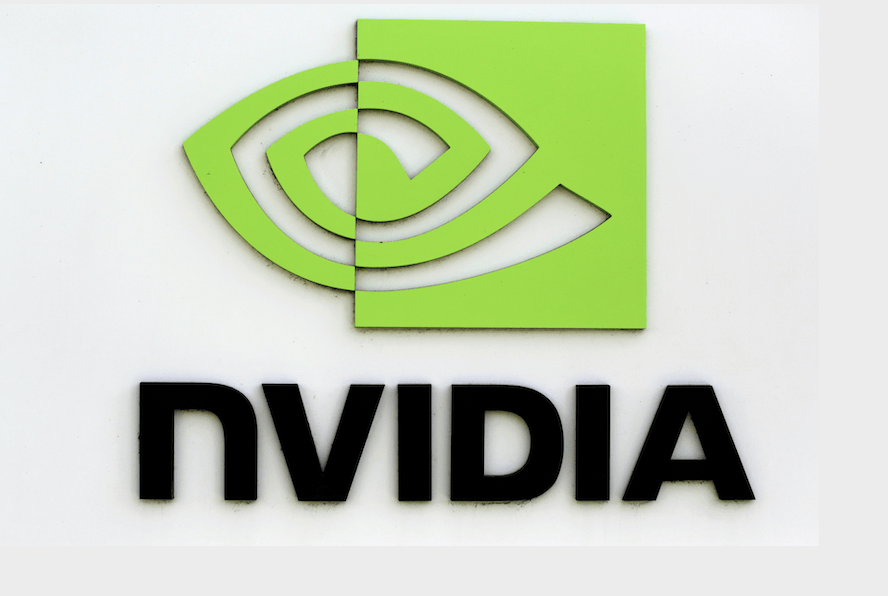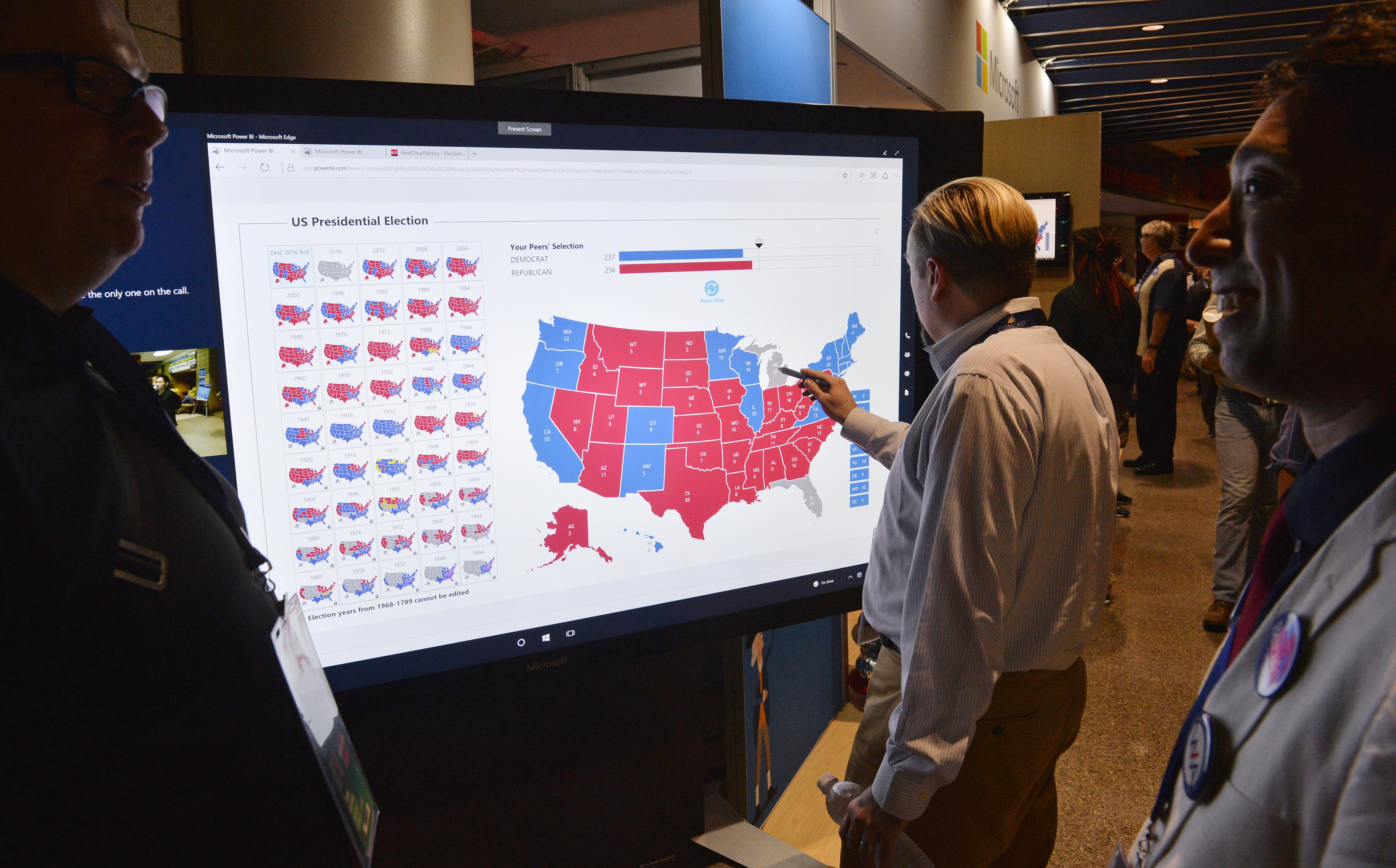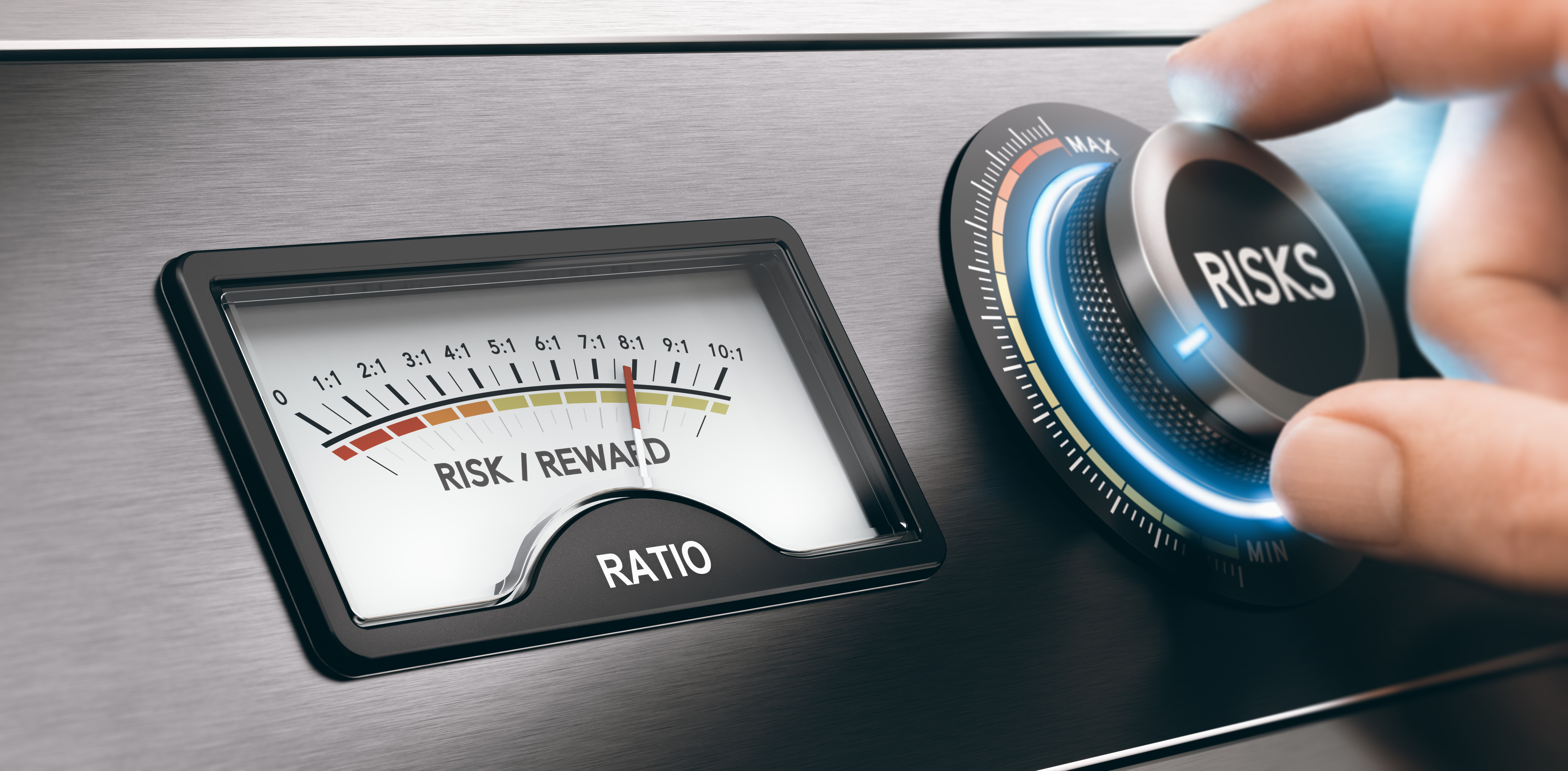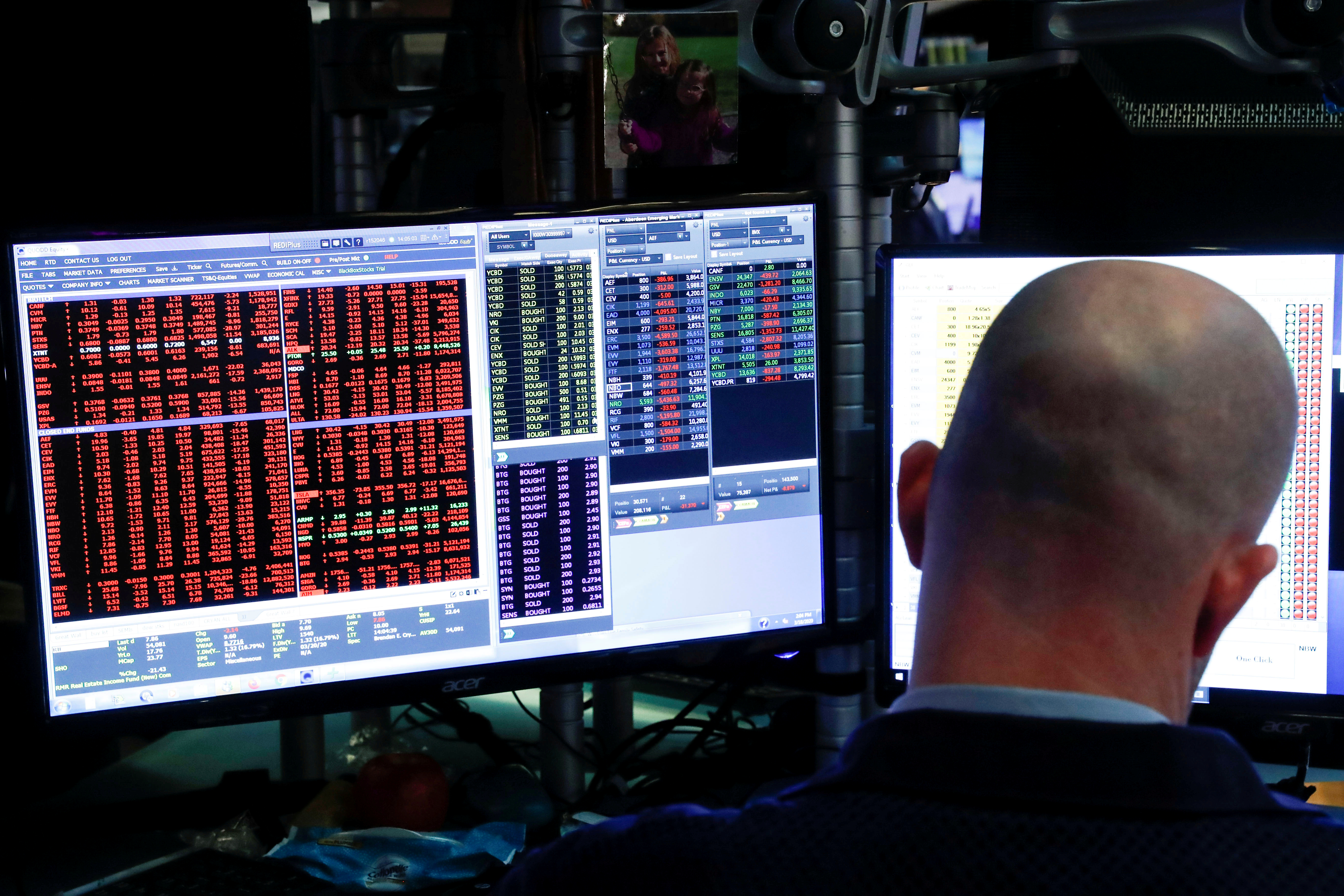Trading Direction and Volatility—Flavored Ratio Spreads
Ratio spreads allow traders to express opinions on both underlying direction and implied volatility.
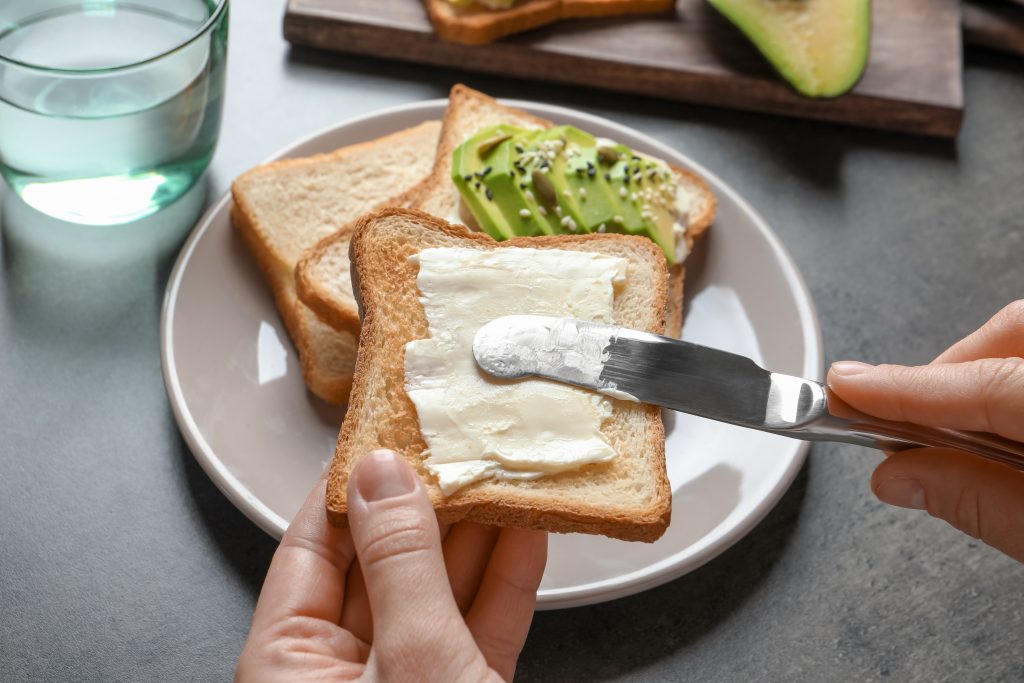
Using equity options in conjunction with stocks and exchange-traded funds (ETFs) can be a great way of unlocking a deeper pool of available trading and investing strategies.
And while most market participants are familiar with naked option strategies and standard options spreads such as straddles and verticals, fewer have dabbled with ratio spreads. Ratio spreads are extremely dynamic and can be used to express a variety of market outlooks on direction and volatility.
A key difference between ratio spreads and other options strategies centers on the fact that “ratios” are not deployed in the usual “1-by-1” fashion.
For example, a standard straddle involves buying (or selling) a call and a put in equal ratio. That means a trader would buy one call and one put, or two calls and two puts, or three calls and three puts—the same number of contracts on each leg of the spread.
As the name implies, ratio spreads are deployed in a less symmetrical fashion—typically involving a “1-by-2” structure. A common ratio spread approach involves buying one at-the-money (ATM) call and selling two out-of-the-money (OTM) calls—normally referred to as a “front ratio call spread” (aka “bull call ratio spread”).
While 1-by-2s are the most commonly deployed “flavor” of ratio spreads, any spread that involves at least two different legs, and a non-symmetrical number of contracts traded on each leg, technically falls under the umbrella of a “ratio spread.”
As referenced previously, 1-by-2s are most often constructed by purchasing one at-the-money (ATM) call and selling two out-of-the-money (OTM) calls—or by purchasing one ATM put and selling two OTM puts. The former is referred to as a “front ratio call spread,” while the latter is referred to as a “front ratio put spread.”
One important distinction with front spreads such as these is that they possess clear directional bias—meaning they generally perform better when the underlying stock moves in one direction as opposed to the other. Front ratio call spreads are generally slightly bullish in nature, while front ratio put spreads are slightly bearish.
Trading Strategy | Ratio Spreads
Mike digs into a Front Ratio spread on today’s whiteboard, as a cost basis reduction strategy that can give us a wicked breakeven price! Tune in and let @doughTraderMike show you how the spread is constructed, and how to calculate P/L with it!
On top of the directional bias in front spreads, there’s also a volatility component. This is reflected by the fact that one unit of volatility has been purchased while two units have been sold in the 1-by-2 structure.
Specifically, front call/put ratios perform better when volatility declines. That means investors and traders seeking to express a market opinion on both direction and volatility might be drawn to these strategies.
Moreover, one can’t overlook the fact that another party takes the opposite side of a ratio spread. The reverse position of a front ratio spread is referred to as a call or put “back spread.”
Mechanically, call and put ratio back spreads are designed as follows: selling one ATM call and buying two OTM calls (call ratio back spread), or selling one ATM put and buying two OTM puts (put ratio back spread). This is the exact opposite position as the front spreads, much like a short straddle represents the opposite of a long straddle.
And just as the structure is reversed, so too are the risk exposures, as one can see in the summarized profiles below:
- Front Ratio Call Spread:
- Structure: +1 ATM call, -2 OTM calls
- Directional assumption: neutral to slightly bullish
- Volatility assumption: declining
- Front Ratio Put Spread
- Structure: +1 ATM put, -2 OTM puts
- Directional assumption: neutral to slightly bearish
- Volatility assumption: declining
- Call Ratio Back Spread
- Structure: -1 ATM call, +2 OTM calls
- Directional assumption: neutral to slightly bearish
- Volatility assumption: rising
- Put Ratio Back Spread
- Structure: -1 ATM put, +2 OTM puts
- Directional assumption: neutral to slightly bullish
- Volatility assumption: rising
As one can see in the above profiles, ratio spreads can be used to express a diverse range of market outlooks. At the same time, these spreads do fall on the more advanced side of the options trading spectrum.
Because of this, it’s recommended that investors and traders familiarize themselves with the risk profiles of such positions before deploying them “live” in the market. It can also be prudent to “mock trade” (i.e. paper trade) a new options approach to learn how it behaves. This is especially true for ratios that fall outside the normal 1-by-2 structure.
Additional information on trading ratio spreads is available through the following links:
Sage Anderson is a pseudonym. The contributor has an extensive background in trading equity derivatives and managing volatility-based portfolios as a former prop trading firm employee. The contributor is not an employee of Luckbox, tastytrade or any affiliated companies. Readers can direct questions about any of the topics covered in this blog post, or any other trading-related subject, to support@luckboxmagazine.com.










